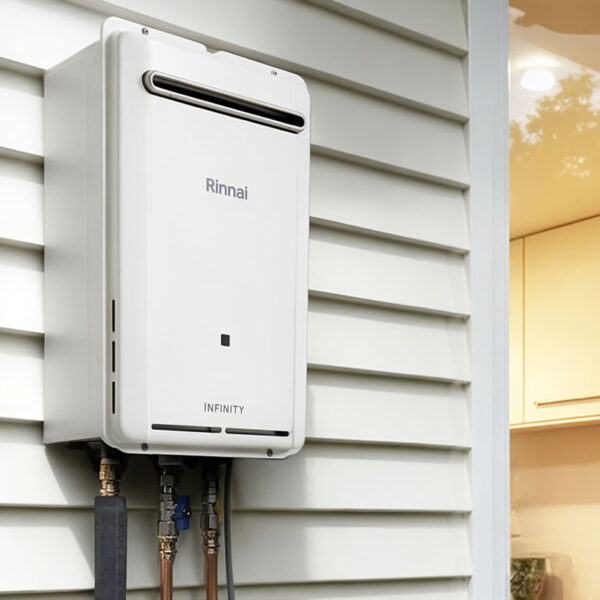The 5 Most Common Causes of Blocked Drains

A blocked drain can be a homeowner’s worst nightmare, causing a huge inconvenience and potential damage to the property. This problem not only disrupts your daily routine but also poses health hazards due to the breeding of harmful bacteria in stagnant water. Understanding the common causes of blocked drains can help you take preventative measures and save yourself from the headache of dealing with this issue. Read on as we discuss five of the most common causes.
Hair
The first, and perhaps most well-known, cause of drain blockages is hair. Hair strands often accumulate in bathroom drains due to washing or combing. Over time, these strands tangle together with soap scum, forming hair-and-soap balls that can be extremely difficult to dislodge, ultimately causing clogs in your pipes as the build-up worsens. To prevent hair from blocking the drain, consider using a hair catcher or screen to capture loose strands before they become a problem.
Grease and Fat
Kitchen drains are particularly susceptible to clogs caused by grease and fat. When these substances build up within pipes, they harden and create obstructions that slow down water flow, eventually leading to complete blockages. The best way to prevent this issue is by avoiding disposing of fats, oils, and grease down your sink. Instead, collect these substances into a separate container and throw them in the garbage once solidified.
Foreign Objects
Drains can also become blocked due to objects that accidentally enter the plumbing system or get flushed down toilets. Inadvertently disposed items like sanitary products, toys, wet wipes (even those labelled ‘flushable’), cotton swabs and facial tissue products can cause serious clogs in your pipes. Make it a habit to dispose of these objects in trash receptacles rather than flushing them down the toilet or allowing them to enter sink drains.
Tree Roots
One common cause of blocked drains that many homeowners might not know about is the infiltration of tree roots. As trees in the vicinity search for sources of water, they often grow towards pipes, penetrating even the tiniest gaps and cracks. Once inside, they start siphoning water, all the while expanding in size and causing significant blockages. In some cases, these roots can compromise the integrity of your drainage system, leading to pipe damage or collapse. The best prevention is to cultivate an awareness of where your pipes are located and avoid planting trees too close to them.
Pipe Damage or Collapse
Broken, misaligned, or collapsed pipes can also be a significant cause of blocked drains. This can occur due to a variety of reasons such as corrosion from chemicals or tree roots causing small fractures that gradually worsen over time. When a pipe is damaged in this way, it increases the likelihood of blockages due to debris and other items getting caught in the damaged sections. To combat this problem, be proactive with regular plumbing maintenance and inspections.
Blocked drains are a common but preventable issue faced by homeowners. By understanding these five common causes – hair, grease and fat, foreign objects, tree roots, and broken or collapsed pipes – you can take steps to ensure proper functioning of your drainage system while avoiding potential property damage and unnecessary expenses. Proper drain maintenance and adopting good waste disposal habits will help keep your plumbing in excellent condition for years to come.






